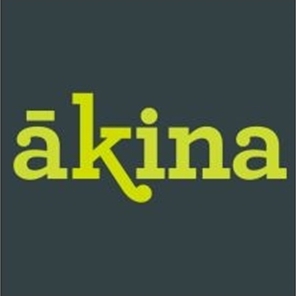Bone development changes with different kinds of exercise
Bone development changes with different kinds of exercise: study
Different forms of exercise have different effects on bone development, according to a study by New Zealand’s Liggins Institute. The study is published today in Physiological Reports, the online journal of The Physiological Society in Britain and the American Physiological Society.
Researchers compared young rats doing mild, voluntary exercise – one group did a running exercise on a wheel while the other did a weightlifting exercise in which they lifted their bodyweight when they stood on their hind legs to get food.
They found that the rats doing the running exercise had bones that were thicker, but also more porous than those doing the weightlifting exercise. Further, the two exercises were found to turn a group of the genes controlling bone development on or off in exactly opposite ways.
Liggins Institute molecular biologist Dr Justin O’Sullivan says the findings could be important for our understanding of how children’s bones respond to different kinds of exercise, and what the consequences may be later in life.
"We’re now looking for the exact mechanism by which exercise sends signals to the genes inside bone cells, and it may well involve epigenetics – a chemical process in which the environment modifies the DNA, switching the genes responsible for certain developmental processes on or off.
"We’re also investigating how diet may interact with exercise as bones are developing," Dr O’Sullivan says.
Liggins Institute co-author Professor Elwyn C. Firth says it is important to understand the way bone development responds to exercise at the molecular level in order to say exactly how it improves bone health.
"It’s a bit early to say precisely why bones develop differently depending on the type of exercise, but the subtle changes we saw in the bones of the running rats are consistent with what we see in adult human runners," he says.
Professor Firth says the effects of mild to moderate exercise on the musculoskeletal and other body systems of young people have until now been poorly understood.
"We know that in young people who do competitive sports there is an association between intense exercise and positive, long-lasting effects on bone
health. But this study shows that the benefits of even minimal exercise may be greater than we thought. However it does not mean that parents should start designing exercise regimes for their children in a bid to change their bones.
"We’re now looking more closely at exactly what happens with different forms of exercise, and whether changes are retained into adulthood. What we learn may be useful for the prevention and treatment of bone loss later in life," Professor Firth says.
Hundreds of genes are involved in the metabolic pathways that control bone development. The study found the two types of exercise had diametrically opposite effects on some of these genes – those within two key signalling pathways that collectively contribute to bone matrix formation and breakdown. These genes were switched off in the running rats and on in the weightlifting ones.
ENDS


 NIWA: 'Now Or Never' - Fight Against Invasive Clam Gets Critical Boost
NIWA: 'Now Or Never' - Fight Against Invasive Clam Gets Critical Boost The Reserve Bank of New Zealand: RBNZ Releases Updated Financial Stability Indicators
The Reserve Bank of New Zealand: RBNZ Releases Updated Financial Stability Indicators Asia Pacific AML: NZ Has Never Exercised Governance Over Threats From Trans-National Criminals; Easy To Facilitate Trans-National Crime
Asia Pacific AML: NZ Has Never Exercised Governance Over Threats From Trans-National Criminals; Easy To Facilitate Trans-National Crime Trade Me Property: Auckland House Prices Hit Four-year Low, Dropping Below One Million
Trade Me Property: Auckland House Prices Hit Four-year Low, Dropping Below One Million AgResearch: New Funding For ‘Smart Ideas’ To Address Challenges For Primary Sector
AgResearch: New Funding For ‘Smart Ideas’ To Address Challenges For Primary Sector Forest and Bird: Hoiho Wins Bird Of The Year 2024
Forest and Bird: Hoiho Wins Bird Of The Year 2024



